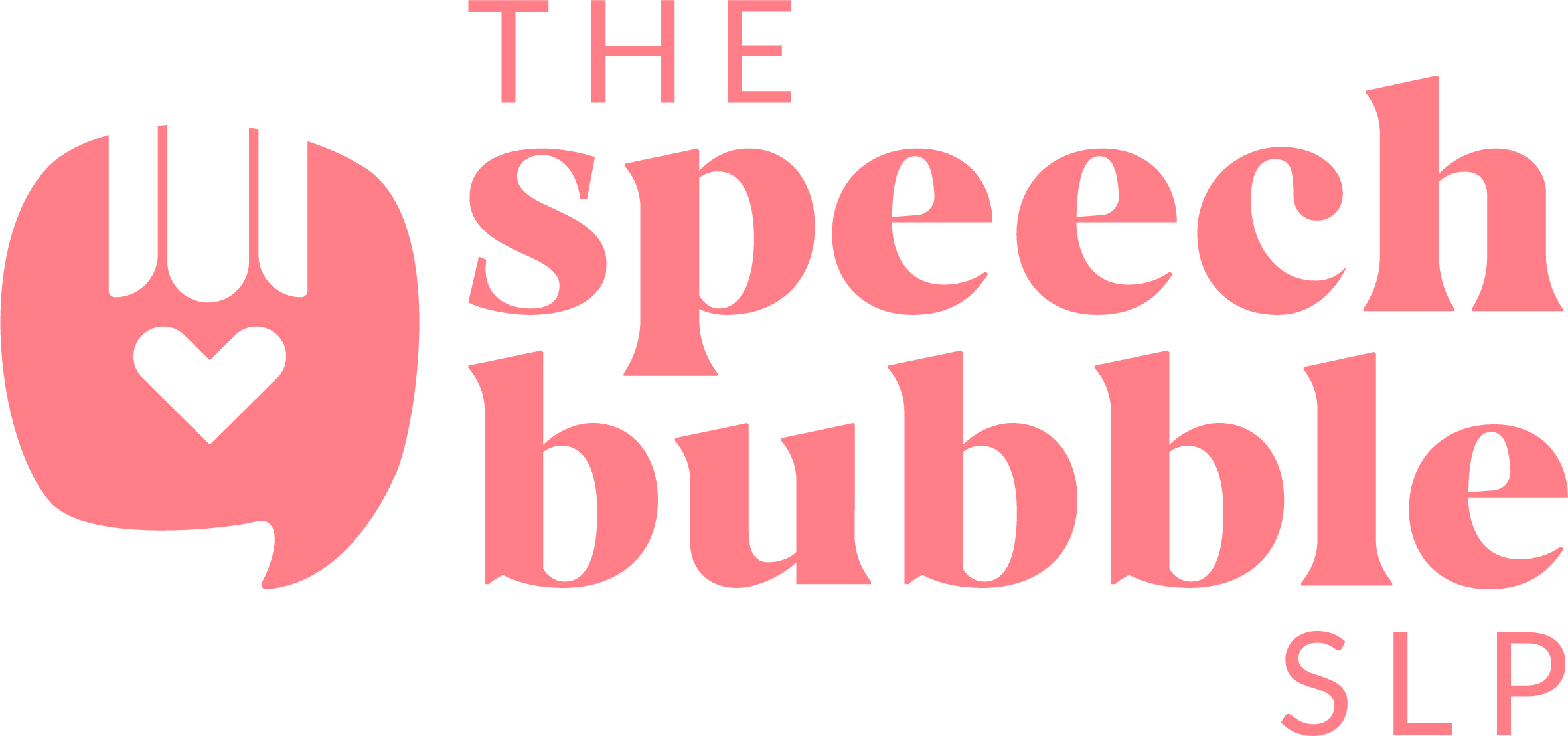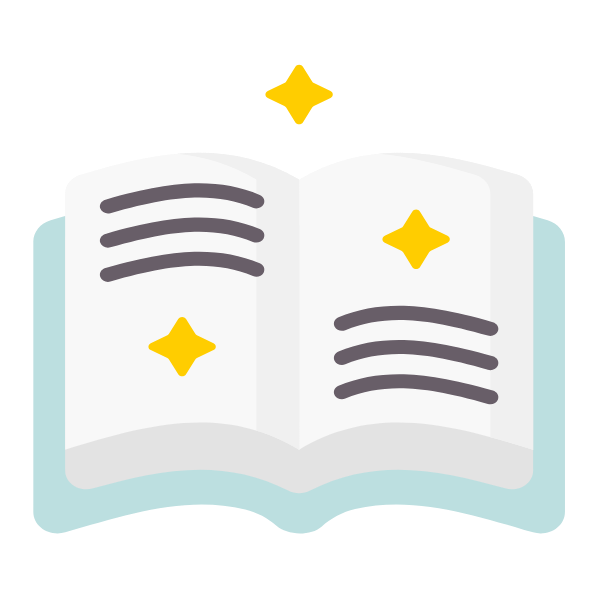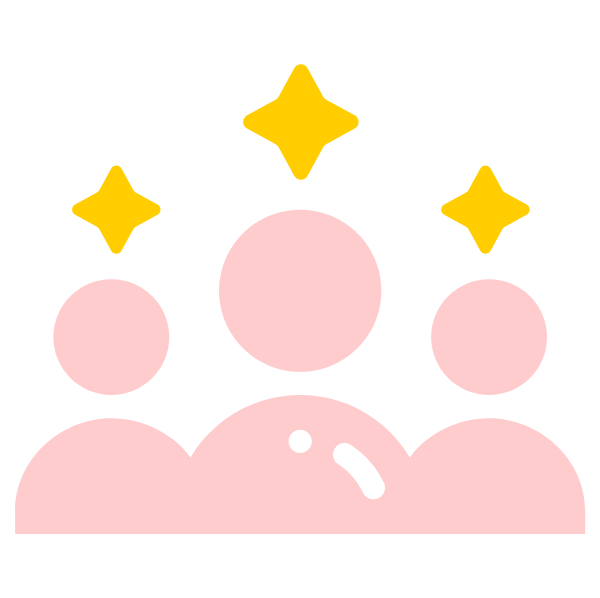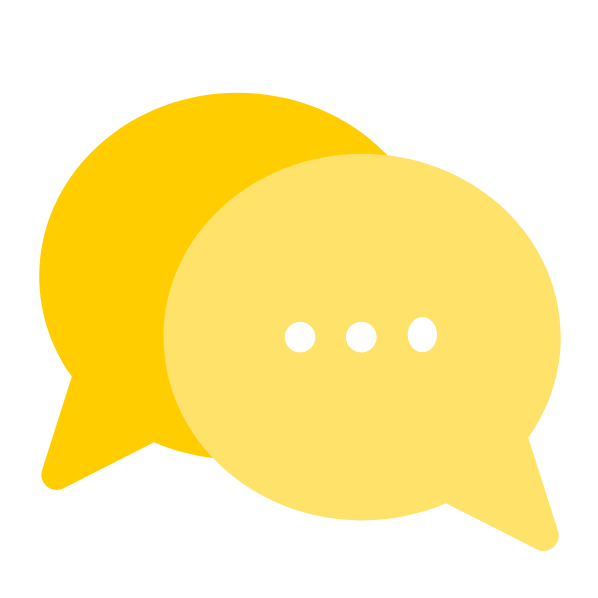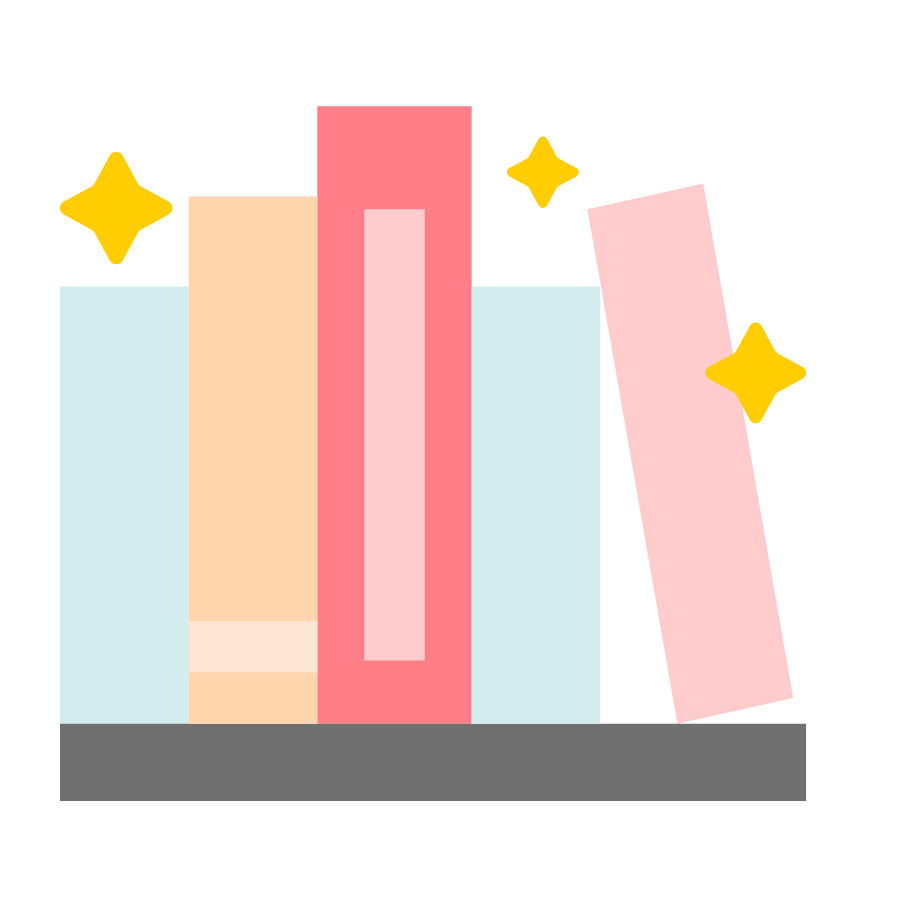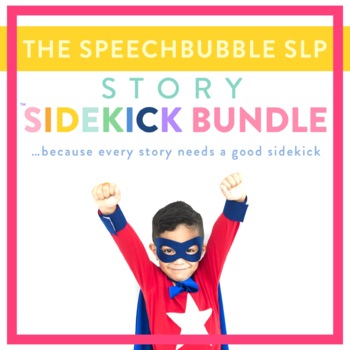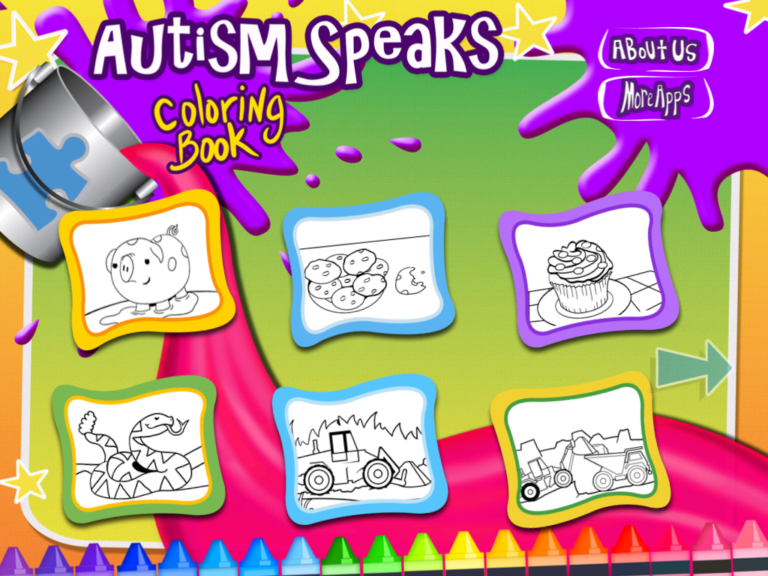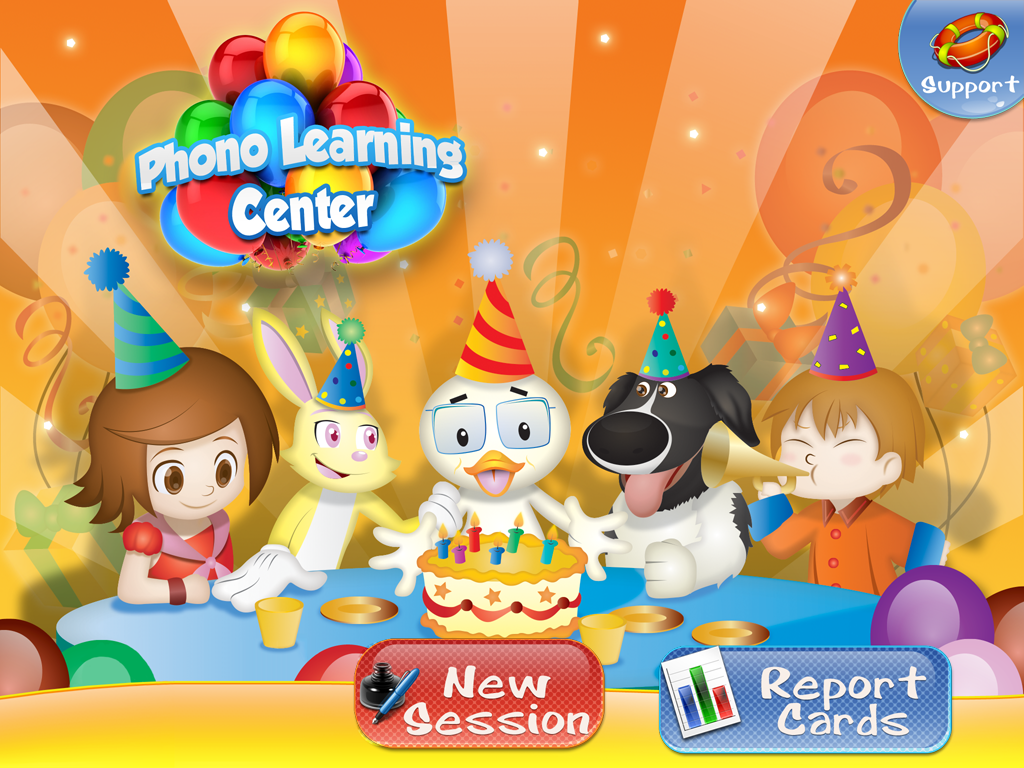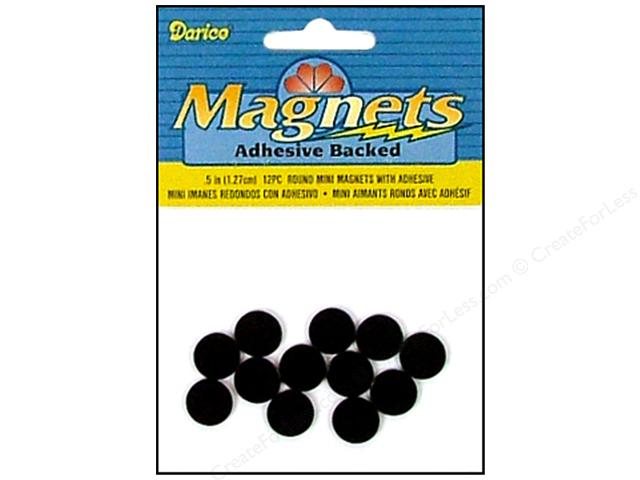Part of the service I provide in my school building is for a self-contained LD room. There are 10 students in this room, so making sessions applicable and engaging for all their goals has taken some creativity. Coming up with large group language activities wasn’t simple, but I did it!
First, personal white boards, dry erase markers, desks, and tissues will be your new BFFs. Also, never underestimate the power of a good book.
1. Visit your library
| Fun book that can target lots of goals |
I like to use books a lot with large groups. Reading a story allows students to be introduced to new text in relaxed environment and a great way to target lots of goals in one session. I like ‘Plantzilla’ by Jerdine Nolen a lot as well as fairy tales. It allows you to target predicting, inferencing, articulation, and grammar. I give each student a dry erase marker and white board. If you do not have enough white boards for each student then just have them write on their desks. Don’t worry it will erase with the tissue. Give each student a tissue as well to use as an eraser. As you read, pause and ask the students questions with two or three choices. Students will write their choice on their desk and you can check to see if it is correct and take data. This is great to do with grammar as well. You can locate a word in the story and have the students write a synonym, antonyms, correct verb tense, etc. If you are having students write on their desks, allow them to put a tally mark, star, smiley face, etc in the corner to keep track of their correct answers. They don’t have to but it usually motivating.
2. Teamwork
Never underestimate the power of teamwork. Divide students into teams and give each team one whiteboard and marker. Give students a category and one-two minutes to write as many items in that category as possible. You are pretty much playing Scategories. Students must collaborate and come up with responses. When the time is up, have the ‘writers’ for each team come up and take turns stating their responses. If a team has an item listed that another does not, they get a point. If both teams have the same item listed it is considered a draw for that item an no one gets a point.
3. Get Crafty
I love arts and crafts, so anytime I can have my students get hands on and make something I am all for it. Speech Peeps has a great example of a craft that can be used for a large group and uses the EET. I find crafts work best with describing and/or sequencing tasks. For example, after reading Sadie and the Snowman (for some background information) we made snowmen. On each part of the snowman, I had students write a step they would need to do to make a snowman.
4. Station Rotation
If you have a lot of different goals in a room consider setting up stations. Three to four stations is best. Each station targets a goal. I will have students sort synonym or antonym pairs and then write the pairs down on their white board for me to check. This is a great way to use book companions as well. They have so many activities that go with the story. You can read the story and then arrange the activities into different stations. As students visit each station I like to walk around and monitor. After everyone has visited the station we do a ‘check up’. I will randomly ask each student a question about something from one of the stations. These questions are related to their goals so I can collect data.
5. Be an Eggspert
| There is a wireless version |
This item will only work for groups of 6 or less. The teacher in the LD room has this and I like to use it quite a bit. Each student gets a buzzer. Ask a question and the student who pushes their buzzer first has their egg light up. I will let that student answer first and then ask the rest of the students a different question if I feel I am not getting enough data. You can also block a particular buzz if a single student keeps getting to answer.
To find more ideas stop by The Speech Bubble blog or Facebook. To find some great materials to use for large groups stop by The Speech Bubble’s TpT store.
